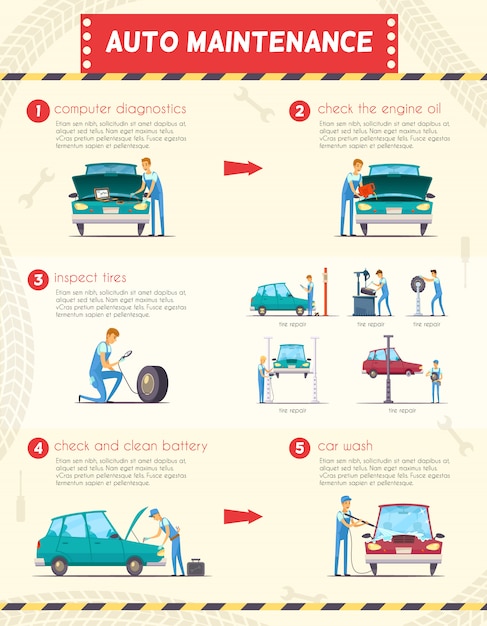Fascinated In Understanding The Caution Lights On Your Auto'S Dashboard? Discover Their Importance For Your Lorry'S Safety And Security And General Problem
Fascinated In Understanding The Caution Lights On Your Auto'S Dashboard? Discover Their Importance For Your Lorry'S Safety And Security And General Problem
Blog Article
Web Content Created By-Samuelsen Torres
When you lag the wheel, those radiant caution lights on your dashboard can be a bit complicated. Do you know what they're attempting to tell you regarding your auto's wellness? Comprehending the relevance of these lights is vital for your safety and the durability of your vehicle. So, the following time among those lights turns up, would not you intend to understand its message properly and take the required actions to resolve it?
Common Warning Lights and Interpretations
Identify typical warning lights in your vehicle and comprehend their meanings to make sure safe driving.
One of the most typical caution lights consist of the check engine light, which indicates problems with the engine or emissions system. If car detailing mould removal comes on, it's important to have your vehicle inspected promptly.
The oil stress cautioning light indicates reduced oil stress, calling for immediate focus to prevent engine damage.
A flashing battery light might recommend a damaged billing system, possibly leaving you stranded if not addressed.
The tire pressure tracking system (TPMS) light signals you to low tire pressure, impacting automobile security and fuel performance. Overlooking this could cause risky driving problems.
https://www.businesswire.com/news/home/20220323005535/en/Global-1237.49-Billion-Automotive-Repair-and-Maintenance-Markets-Analysis-Forecasts-2016-2021-2021-2026F-2031F---ResearchAndMarkets.com shows a trouble with the anti-lock stopping system, endangering your capability to stop rapidly in emergencies.
Last but not least, the coolant temperature level alerting light warns of engine overheating, which can result in serious damage if not settled promptly.
Comprehending these common caution lights will assist you address concerns without delay and preserve risk-free driving problems.
Importance of Prompt Attention
Understanding the usual caution lights in your car is only the initial step; the value of promptly resolving these warnings can't be stressed enough to ensure your security on the road.
When a warning light illuminates on your control panel, it's your cars and truck's method of communicating a possible issue that needs attention. Neglecting these cautions can lead to a lot more severe issues later on, jeopardizing your safety and security and possibly costing you much more in repairs.
Motivate focus to alerting lights can avoid break downs and mishaps. For instance, a flashing check engine light could indicate a misfire that, if left neglected, could create damages to the catalytic converter. Resolving this immediately can save you from a pricey repair work.
Likewise, a brake system cautioning light may signal reduced brake fluid or worn brake pads, crucial parts for your security when driving.
DIY Troubleshooting Tips
If you notice a caution light on your control panel, there are a few DIY fixing suggestions you can attempt before looking for expert assistance.
The very first step is to consult your auto's manual to recognize what the certain warning light shows. Occasionally the issue can be as straightforward as a loose gas cap setting off the check engine light. Tightening the gas cap might deal with the trouble.
One more usual issue is a reduced battery, which can activate different warning lights. Checking the battery links for rust and ensuring they're protected might take care of the problem.
If a warning light lingers, you can try resetting it by detaching the auto's battery for a few mins and after that reconnecting it. In addition, examining your car's fluid levels, such as oil, coolant, and brake liquid, can help fix alerting lights associated with these systems.
Verdict
Finally, understanding your vehicle's caution lights is crucial for maintaining your car running efficiently and securely. By quickly attending to Suggested Browsing and recognizing what they indicate, you can avoid pricey fixings and potential breakdowns.
Remember to consult your automobile's guidebook for specific information on each warning light and act appropriately to make certain a trouble-free driving experience.
Stay informed, remain risk-free when traveling!
